Historically heavy rains fell over the southern Plains in May of 2015, with numerous stations setting record monthly rainfall marks. For example, Oklahoma City reported 19.48″ of rain in May 2015; the previous record wet month was 14.66″, set in June 1989 (14.52″ of rain fell in May 2013). The three-hourly water vapor imagery, above (Click here for mp4 file; the animated gif above exceeds 90 M), from GOES-13 shows repeated thunderstorm development over western OK and western Texas that subsequently moved east. Persistent southwesterly flow is also apparent. In comparison, three-hourly water vapor imagery from GOES-13 for May 2014, below (Click here for mp4 file), shows less frequent convection and more northwesterly flow. Widespread convection is much less frequent over the Plains in May 2014 (a month that saw 4.44″ of rain fall in Oklahoma City).
The mean 6.5 channel GOES-13 Brightness Temperature for May 2015 was more than 2 degrees cooler than in May 2014 (237.2 K in 2015 vs. 239.6 K in 2014). It should not be surprising that the top of the moist layer in 2015 was higher (cooler) than in 2014.
View only this post Read Less


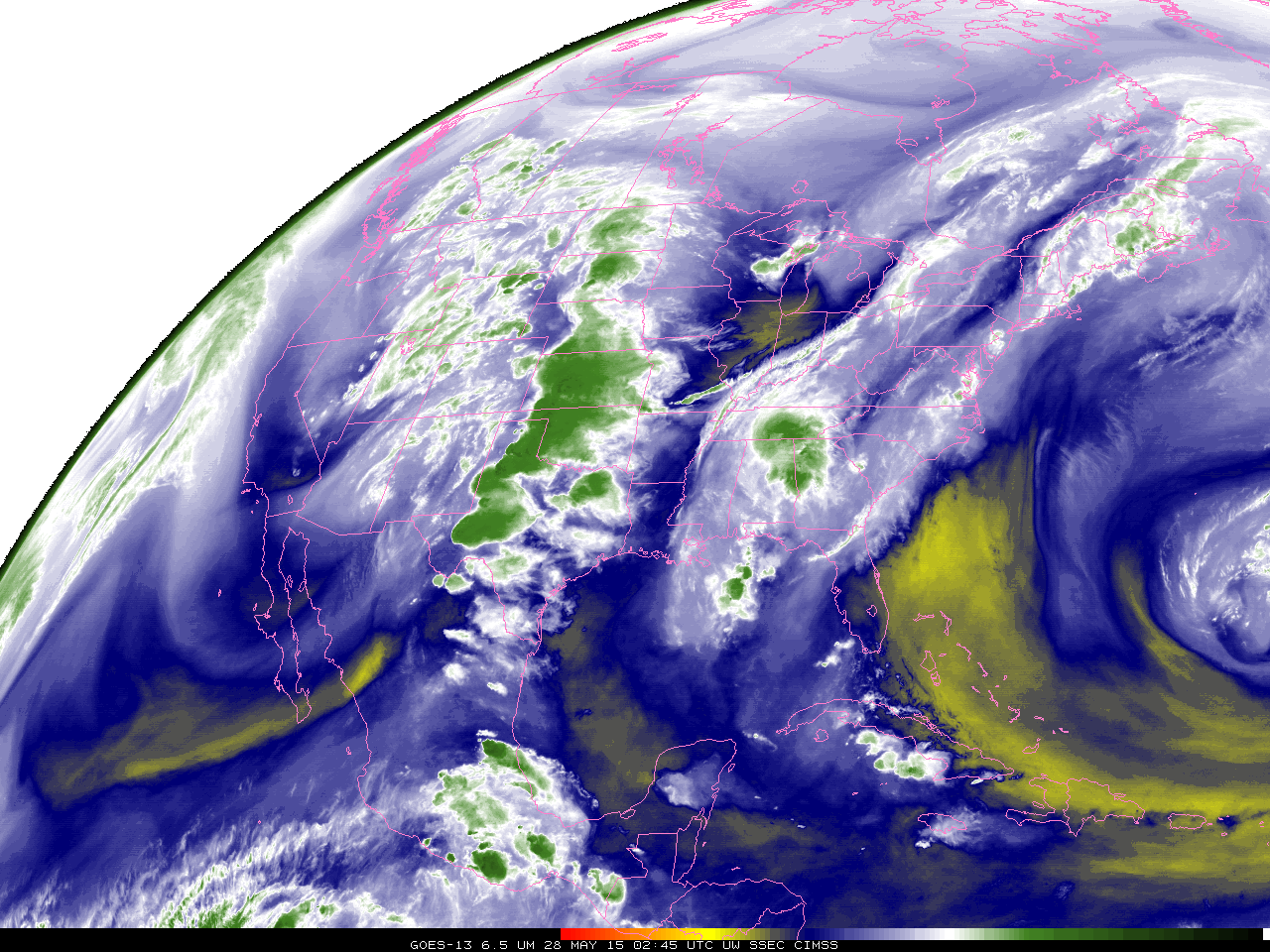
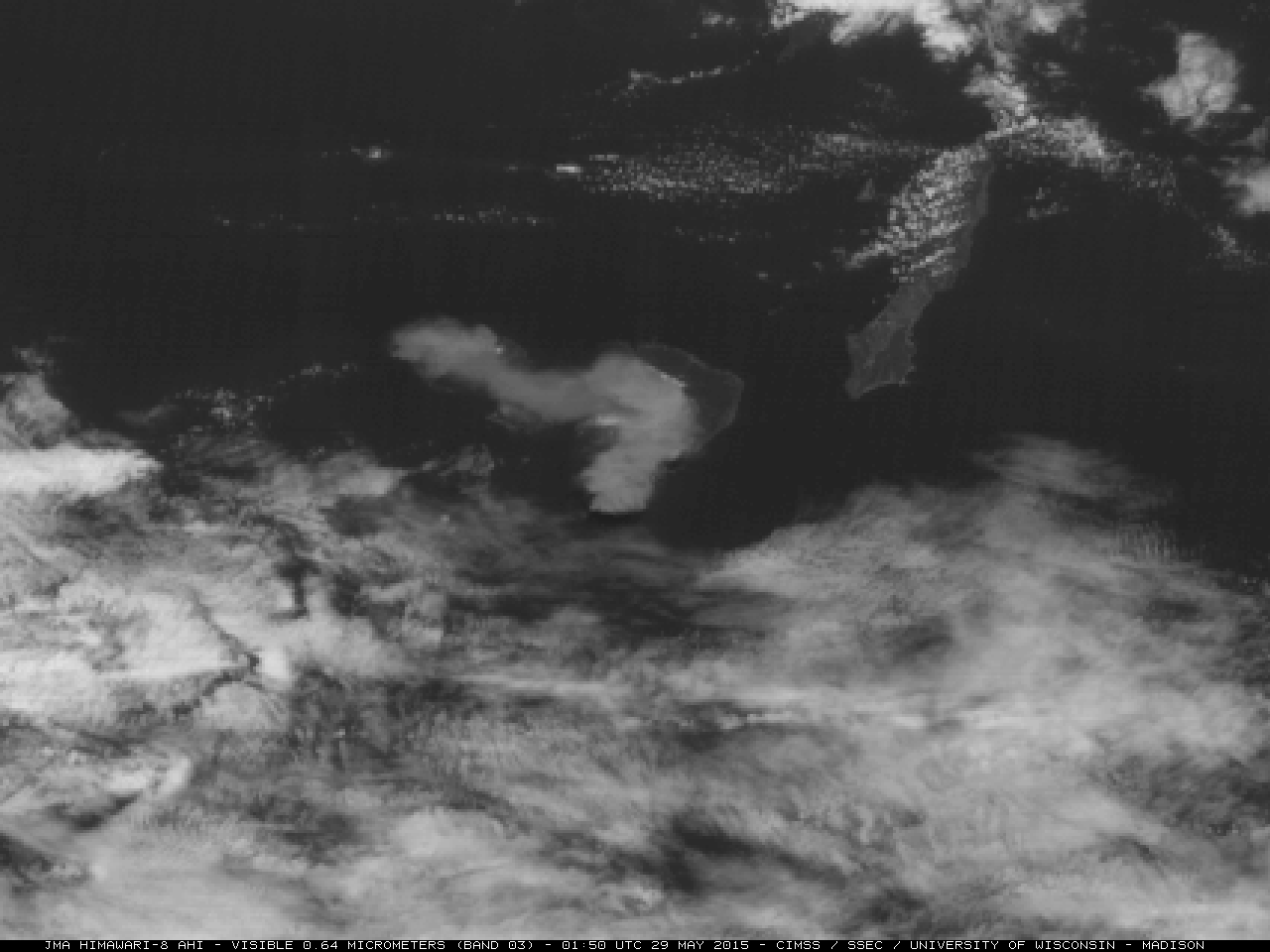
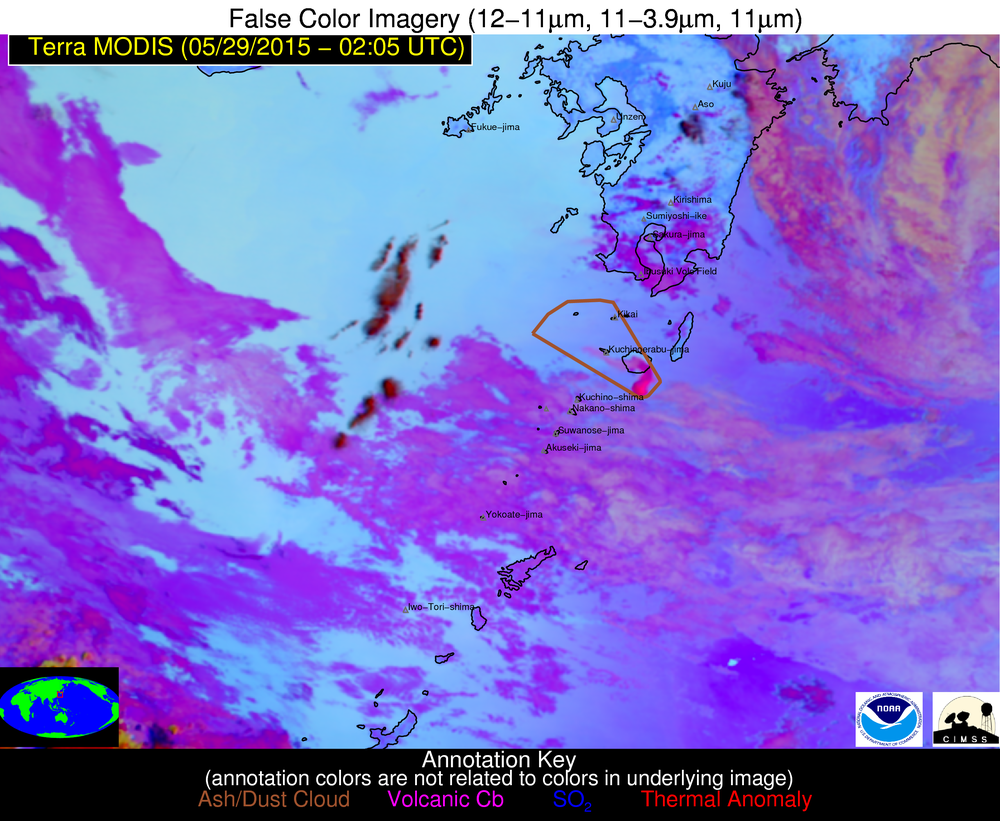

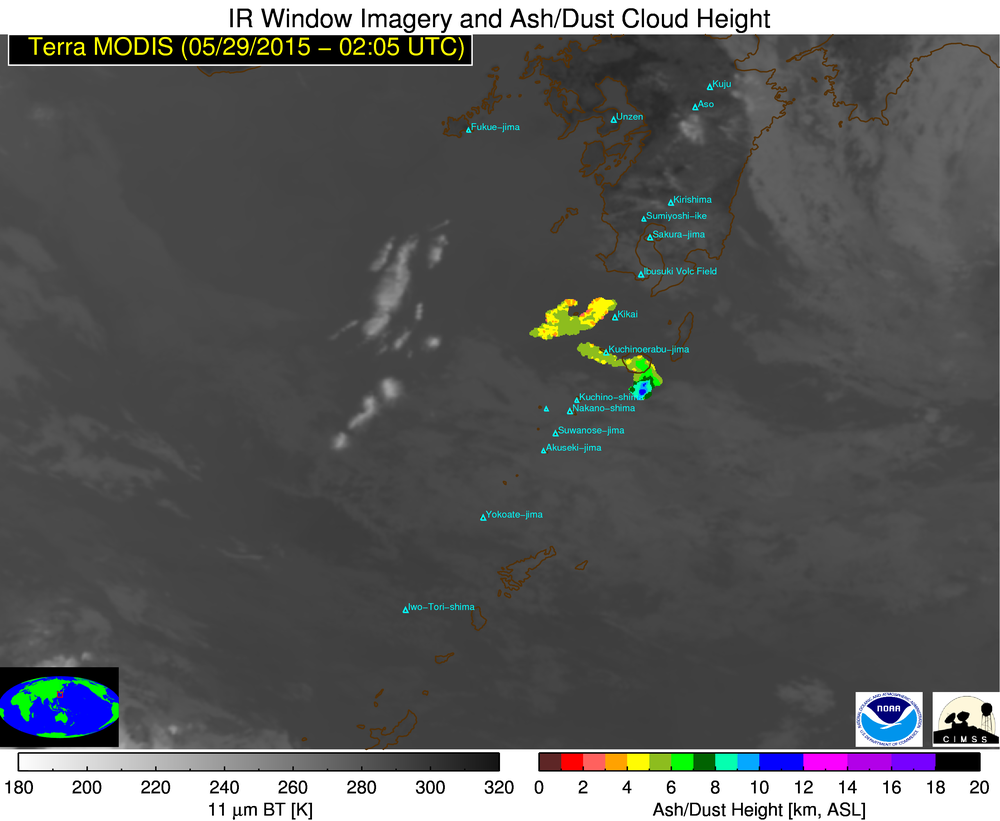
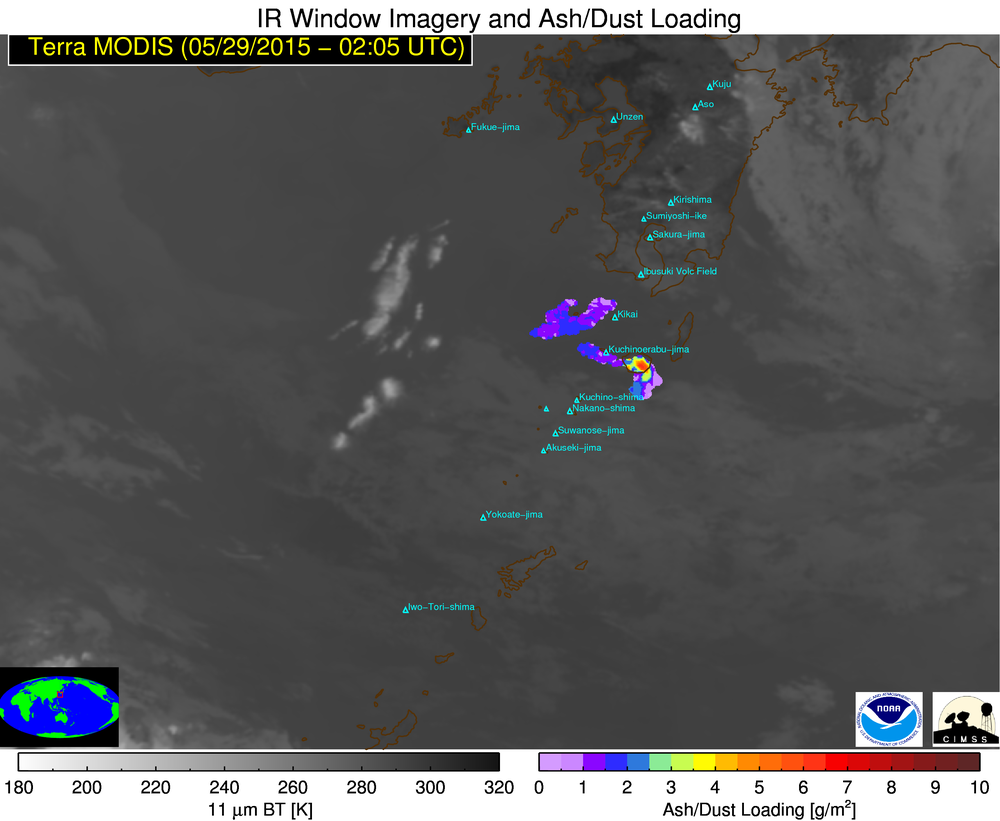
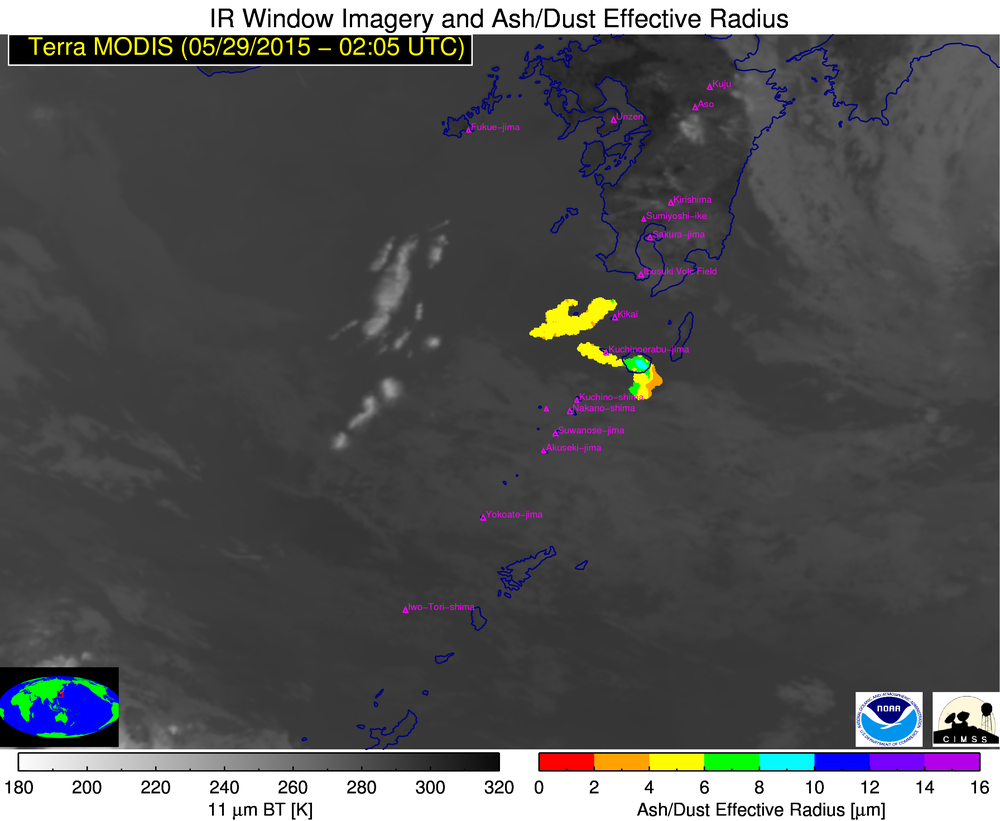
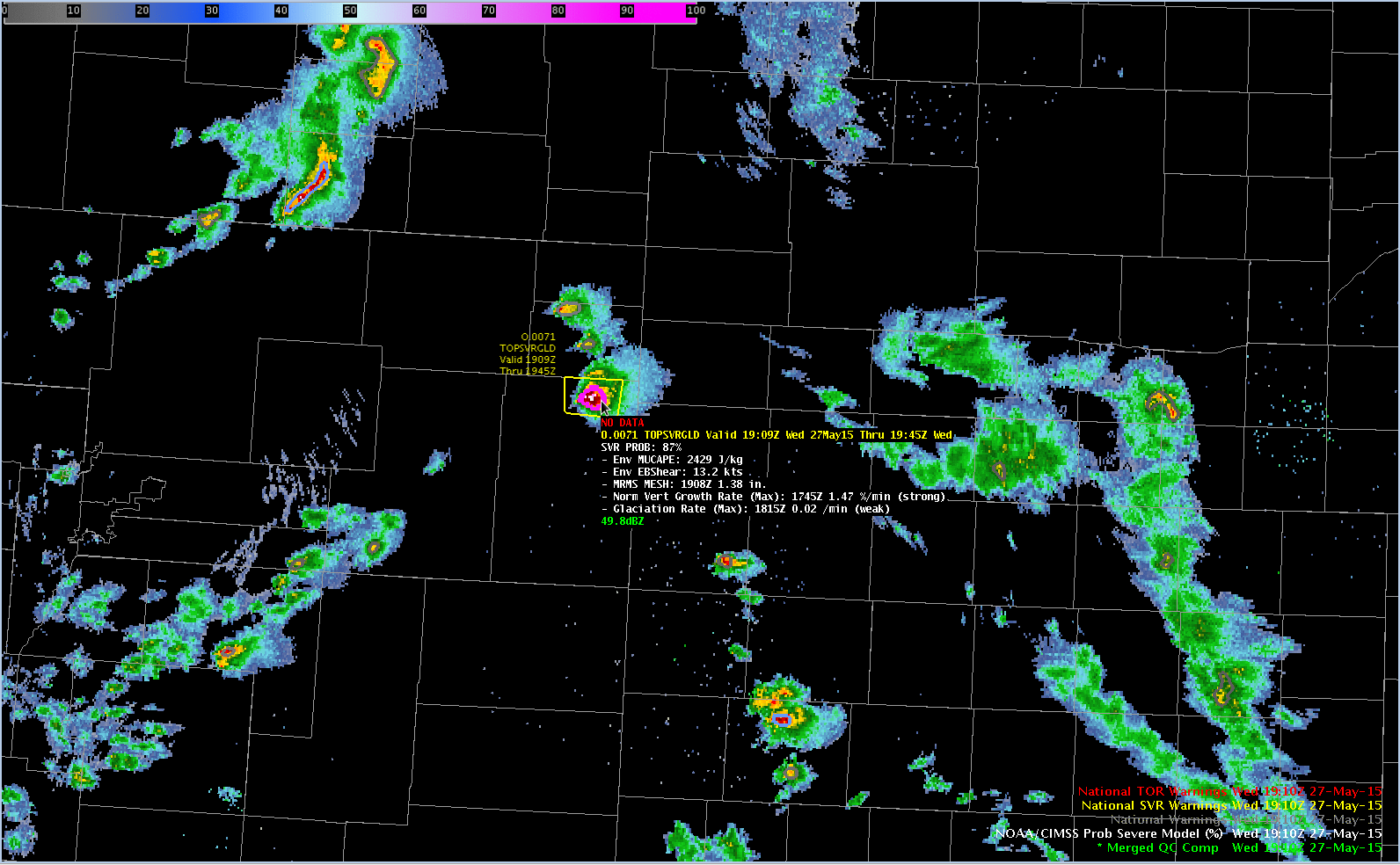
![NOAA/CIMSS ProbSevere Product, 1902-1922 UTC on 27 May 2015 [click to play animation]](https://cimss.ssec.wisc.edu/satellite-blog/wp-content/uploads/sites/5/2015/05/ProbSevere_1910_27May2015.gif)
